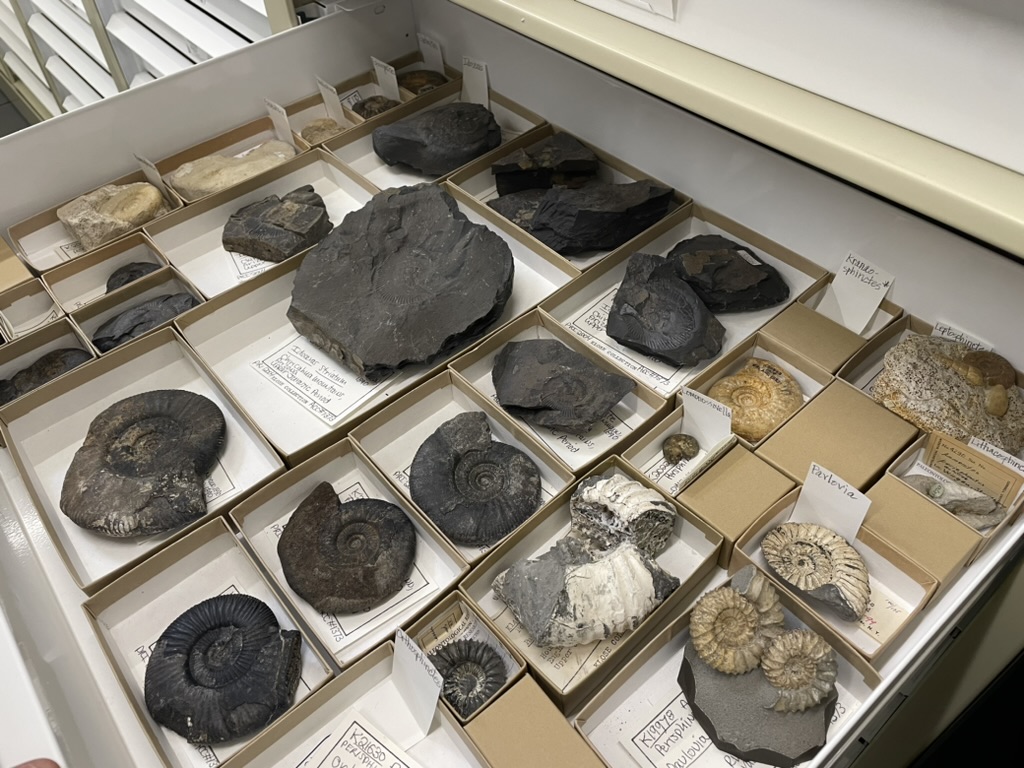“Nobody knows the lake better than people that are living right there,” Glenn Ratajczak, southeast quadrant leader, said. “They really have a good background perspective from being there all the time and just constantly being vigilant looking at the lake.”
John Abel, southwest quadrant leader and treasurer of the Cayuga Lake Watershed Network, has lived on the lake for over 40 years.
“Those of us who live right on the lake often sense when there are conditions that might be amenable to a bloom, so we go down and check,” he said.
Launer said the volunteers’ knowledge of the lake and its patterns helps the CSI improve its science and how it structures its programs.
“Having that public energy and that will and this care about the lake that they love is a really important part of giving the data a voice as well,” he said.
The CSI will be recruiting volunteers for the HABs monitoring program until it begins in June.
“It’s a great way to get involved with a group of people who really care about the lake and its health,” Launer said.





















